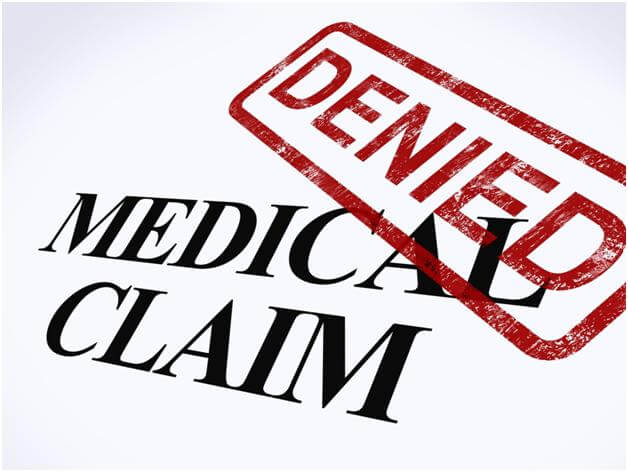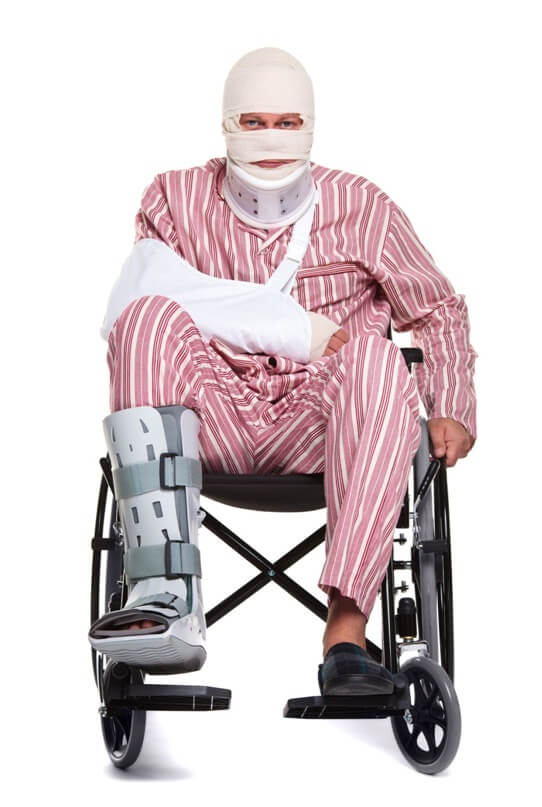When big trucks get into accidents, they not only tend to cause a lot of damage, but leave a wide swath of destruction,as well. Saying this shouldn’t be telling you anything new, because it’s pretty obvious that a large, heavy vehicle – especially one that’s moving fast – is going to plow through anything and everything in its path. But even knowing this, you would probably imagine that you’re in a pretty safe place if you’re sitting in your house. Unfortunately, as one homeowner recently discovered, there’s no place that’s safe from a big truck that’s out of control.
On February 19 in Cahokia, Illinois, a big truck veered off the road, ripped through two telephone poles, and slammed into a single-family home, knocking the house off if its foundation. And why? Because the driver experienced a “gag reflex” that caused him to lose control of the vehicle.
Luckily, the homeowner only suffered minor injuries, but they still had to go to that hospital. And you can absolutely bet that along with the physical trauma they sustained, they were suffering from shock. How else can you react to getting hit by a large truck when you’re not just out of your car and away from the road, but actually in your own home?
More than anything, it’s a reminder of just how dangerous big trucks can be and how far their reach can go.
Big Trucks Far More Dangerous Than Other Vehicles
Just how dangerous are big trucks? According to Popular Mechanics, there are a little over 5 million tractor trailers registered in this country and about three times as many semi trucks. In comparison, there are more than 240 million regular passenger vehicles out there on our roads.
Even using the higher number of around 15 million semis, that means that large trucks make up about 5.8% of total traffic. Despite this, they account for 1 out of every 8 motor vehicle fatalities in our country – that’s 12.5%, or more than double the deaths that they should be responsible for based on how many exist.And that’s only counting the fatal accidents; plenty of crashes occur like the one mentioned above where the homeowner escaped with only minor injuries,but the truck destroyed the house and wreaked havoc in the neighborhood.
Why Do Truck Accidents Occur?
Sometimes these accidents just happen,and it’s out of anyone’s control, as seems to be the case with the above truck driver’s “gag reflex” when he plowed into the house in Illinois. Unfortunately, recent reports from the National Highway Traffic Safety Administration show some alarming findings. Not only did both fatalities and injuries related to large-truck crashes go up from 2011 to 2012 (by 4% and 18%, respectively), there are reasons to believe that trucking companies aren’t being as selective as they should be when hiring drivers.
How so? Of the large truck drivers involved in fatal crashes, 12.9% had a previous accident on their record, 17.7% had been convicted of speeding, 8.2% had previously had their license suspended or revoked, and a few even had a drunk driving conviction on their record. If commercial trucking companies truly care about people’s safety, they’ll stop employing people with blemishes like these on their record.
Watch Out for Large Trucks – When You Can
There’s plenty of information out there about what people can and should do to minimize their chances of being involved in an accident with a large truck. But if, like the Illinois homeowner above, there was nothing else you could have done to prevent the incident, you at least have to be ready and willing to fight back against the trucking company and driver responsible.
It’s not going to be easy, because the company will want to do everything they can to protect their name and bottom line, so you have to get a truck accident lawyer on your side with a track record of success – and do it quick, because there are rules and regulations in these types of cases you won’t find in typical passenger car accidents.




























